Who is poisoning Iranian schoolgirls?
More than 5000 children and teachers might have been poisoned in a widespread scheme that could only have been orchestrated by the highest levels of government.
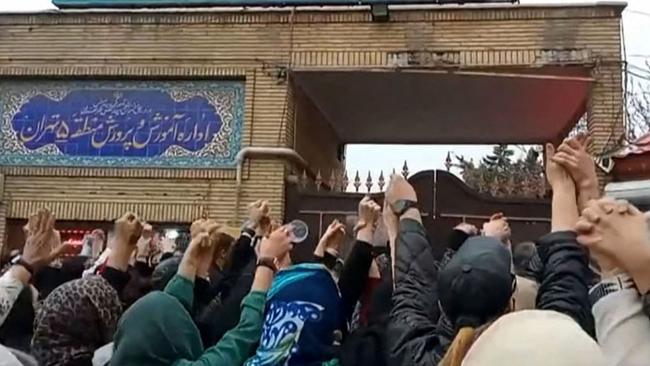
Iranian news outlets began reporting three months ago that schoolgirls were falling ill with headaches, dizziness, nausea, fatigue and breathing difficulties. The shrine city of Qom, historic seat of the clerical establishment, appears to have been ground zero, but 25 of the country’s 31 provinces have reported similar outbreaks. A parliamentarian who is part of a fact-finding commission said that upward of 5000 students and teachers might have been poisoned.
Official reaction ranged from surprise and denial to grudging acknowledgment. Last week the Interior Ministry reported the arrest of several suspects. Supreme Leader Ali Khamenei called the poisoning “a major and unforgivable crime.”
Yet there is little doubt that the clerical regime is responsible for this assault. The only two organisations capable of undertaking an operation of this scale are the Intelligence Ministry and the domestic intelligence service of the Islamic Revolutionary Guard Corps. The question is why the cagey supreme leader would opt for a course of action that was bound to unsettle further his wobbly theocracy. It’s hard to imagine his hand-picked men moving without his consent.
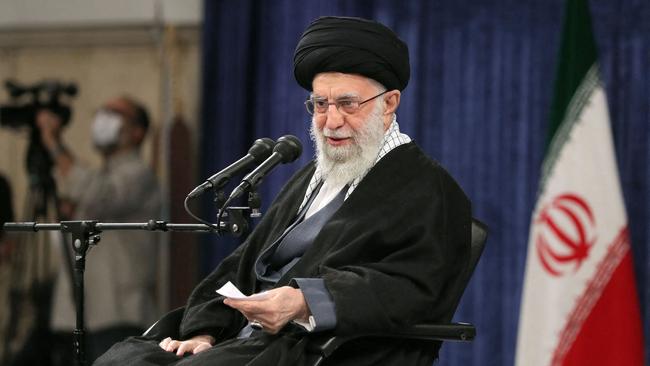
Since the outbreak of the “women, life and freedom” protest movement in September, which was sparked by the death of Mahsa Amini, the regime has tried to assert control over the streets without “excess” brutality. Beyond Iranian Baluchistan and Kurdistan, where the government has bloodily repressed dissent, the theocracy has veered away from firing automatic weapons on crowds, as it did in 2019 to suppress a near-insurrection. Authorities prefer to arrest Iranians by the thousand. That way fear spreads without massive bloodshed, burials and religious commemorations that invite more protests. The attack on the girls’ schools — most secondary schools in Iran are single-sex — was probably an effort to intimidate without killing, to create a paralysing fear in parents and their children.
Iran’s authorities appear divided between those who want to use more-brutal tactics and those who fear that such violence would provoke demonstrations too big to handle. So far Mr. Khamenei has acted with relative caution. He blames foreigners for the tumult. He’s authorised force but stepped it up only incrementally. He’s approved the execution of around a dozen protesters after secret trials. Security officials have quickly released many young protesters after arresting them, likely because the regime fears that widespread sexual assault against incarcerated women would feed further instability.
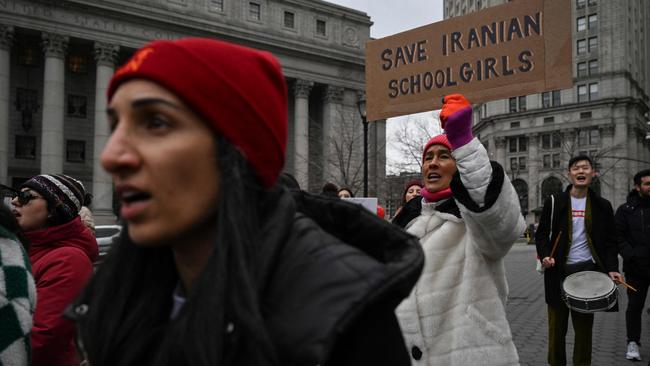
The regime wins its struggle on the streets so long as angry men don’t overwhelm security forces, which are neither numerous nor particularly mobile. Using local officers units against their neighbours, or calling in Iranian army or IRGC conscripts, is perilous for the regime.
The strategy of restrained, selective violence has had some success. Until the school poisonings, demonstrations were dwindling for two months. But now everyone anticipates another round of protests. Iranians who remember the 1979 revolution recall how successive, larger waves of dissent broke the monarchy. The poisonings, which might have been done via gas, were likely conceived as a way for Mr. Khamenei and his men to pre-empt more-convulsive demonstrations. It isn’t surprising the attacks started in Qom, where protests have been the most embarrassing and potentially dangerous to the regime’s religious cohesion.
Yet the attackers might have miscalculated egregiously. The theocracy is caught in a balancing act that few governments battling nationwide insurrections have managed to execute. The flimsy denials and deflections have outraged the public, forcing an aggrieved Mr. Khamenei to address his people: “If anyone is involved in this incident, the agents and the masterminds must be severely punished,” he said last week.
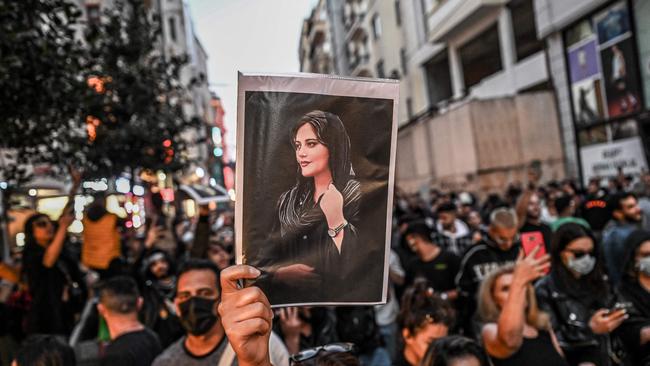
He has forgotten a lesson of the revolution: Teachers and students have always been on the forefront of national protests. Targeting schools and killing girls, whose protection is a religious injunction, is a type of mistake a regime makes when it has lost its bearings.
Teachers in at least 20 cities have taken to the streets as their schools have become endangered. “Students are teachers’ red line,” they chant. Many parents are keeping their children home. In a leaky theocracy, more stories are likely to surface implicating senior leaders of the Revolutionary Guard, the intelligence services and their clerical patrons.
Mr. Khamenei seems so far incapable of acting as a dictator capable of disciplining an unruly nation. A despot sometimes has to be brazen. Saddam Hussein relished taking credit for his gruesome murders. Xi Jinping doesn’t blame foreigners for his concentration camps. Bashar al-Assad hasn’t shied away from claiming credit for killing tens of thousands of his citizens in the name of national unity.
By contrast, Iran’s political mullahs would like to commit crimes without acknowledging their complicity. It’s a good guess that the regime unleashed sneak attacks on teenagers because it’s uncertain about the fidelity of the armed forces and local security units. Insidious chemical attacks require only a small number of loyal intelligence operatives. Suppressing street protests requires dispatching overburdened security services to shoot young women.
The psychological battering that armies suffer in such daily scrimmages can’t be overstated. The theocracy may not lack the temperament to kill Iranians in large numbers, but Mr. Khamenei appears to lack the means to do so.
His predicament is eerily similar to the one that ensnared Shah Mohammad Reza Pahlavi. Like him, the Islamic Republic generates its own dilemmas and opponents. Its demise may not be imminent. But the supreme leader, who could lay claim to being the most accomplished dictator in modern Middle Eastern history, is unquestionably losing his grip.
The Wall Street Journal

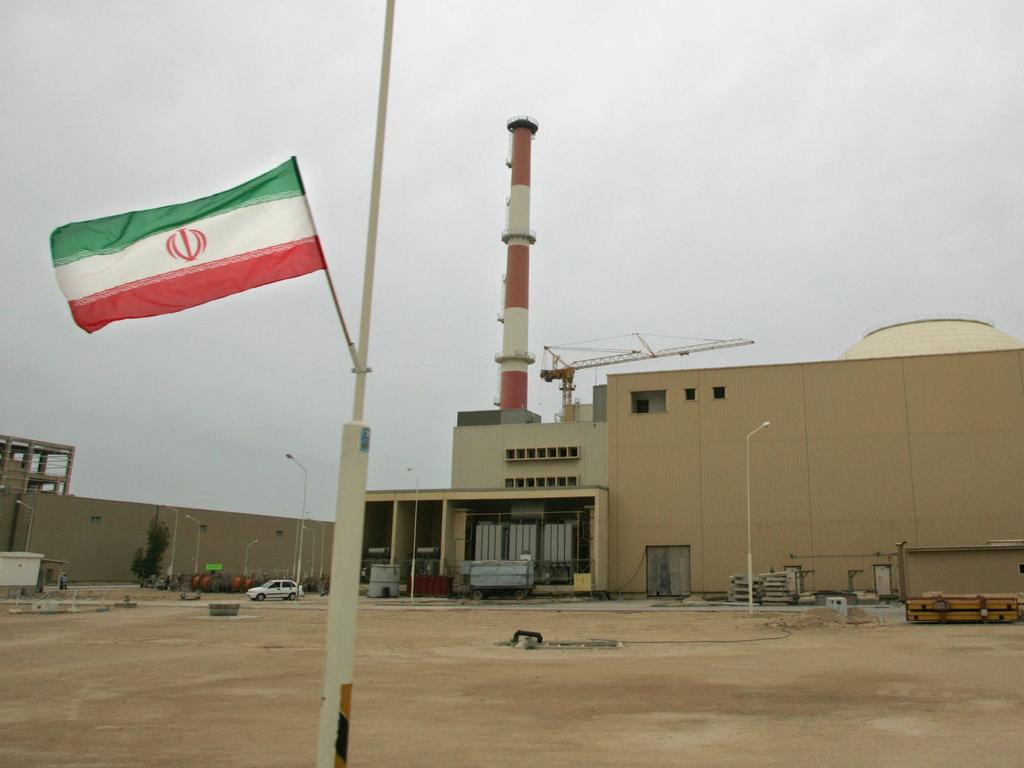

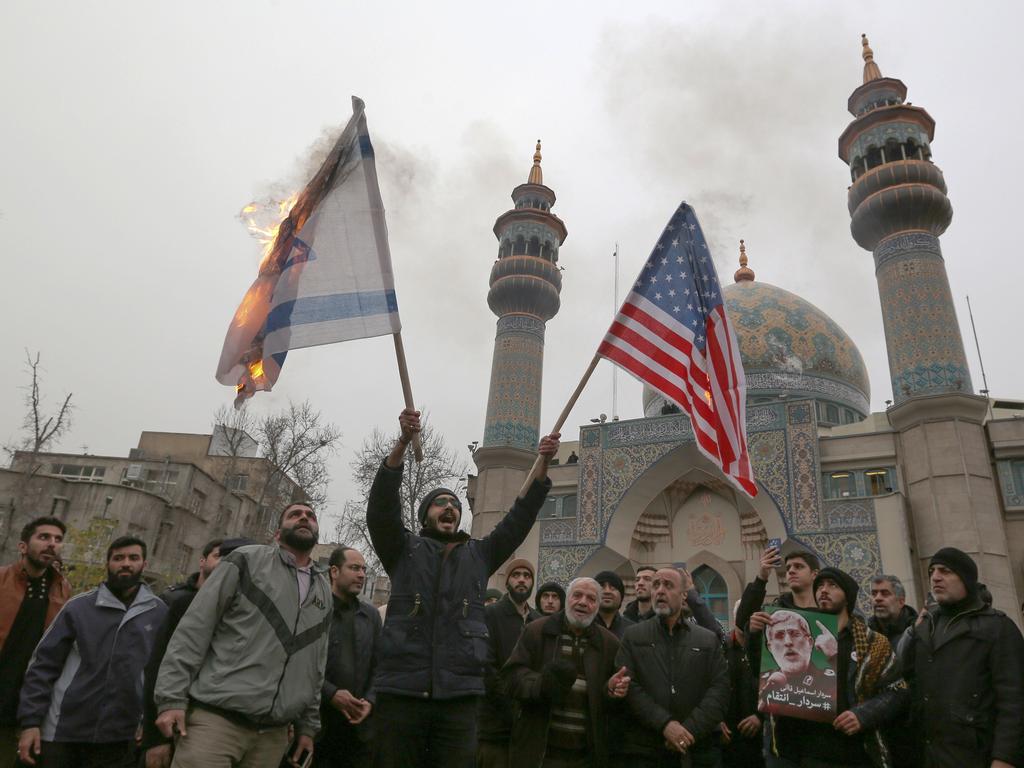



To join the conversation, please log in. Don't have an account? Register
Join the conversation, you are commenting as Logout